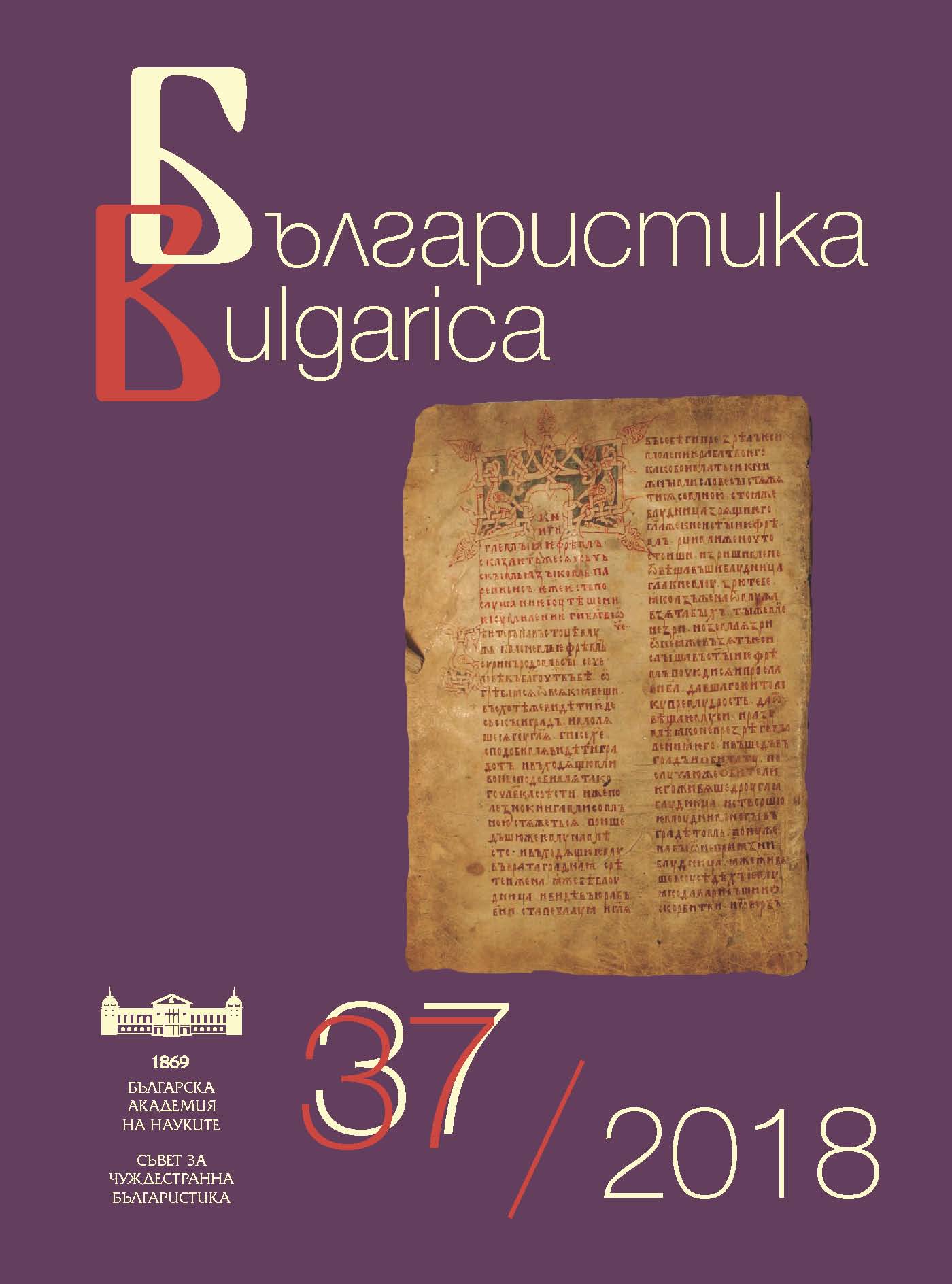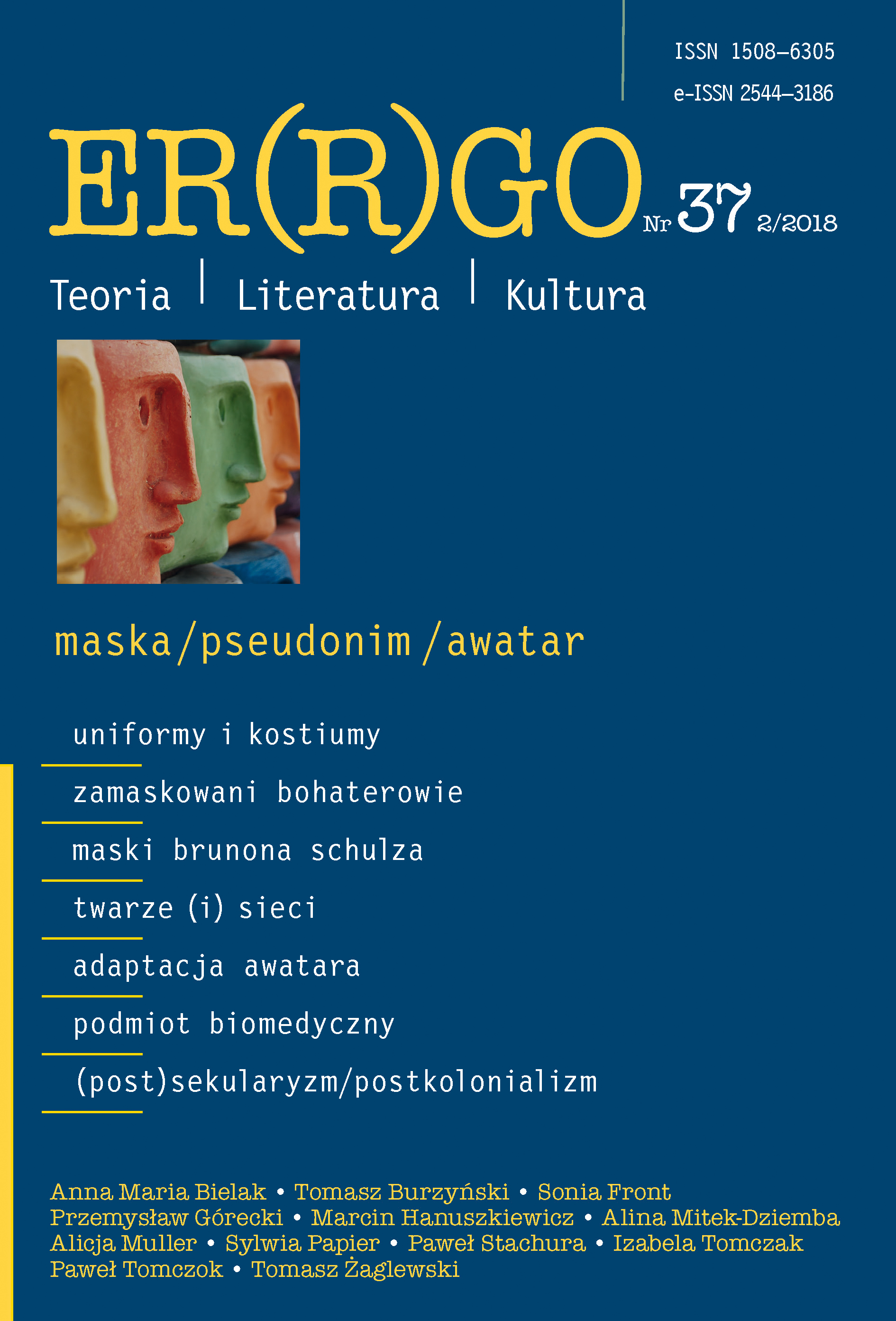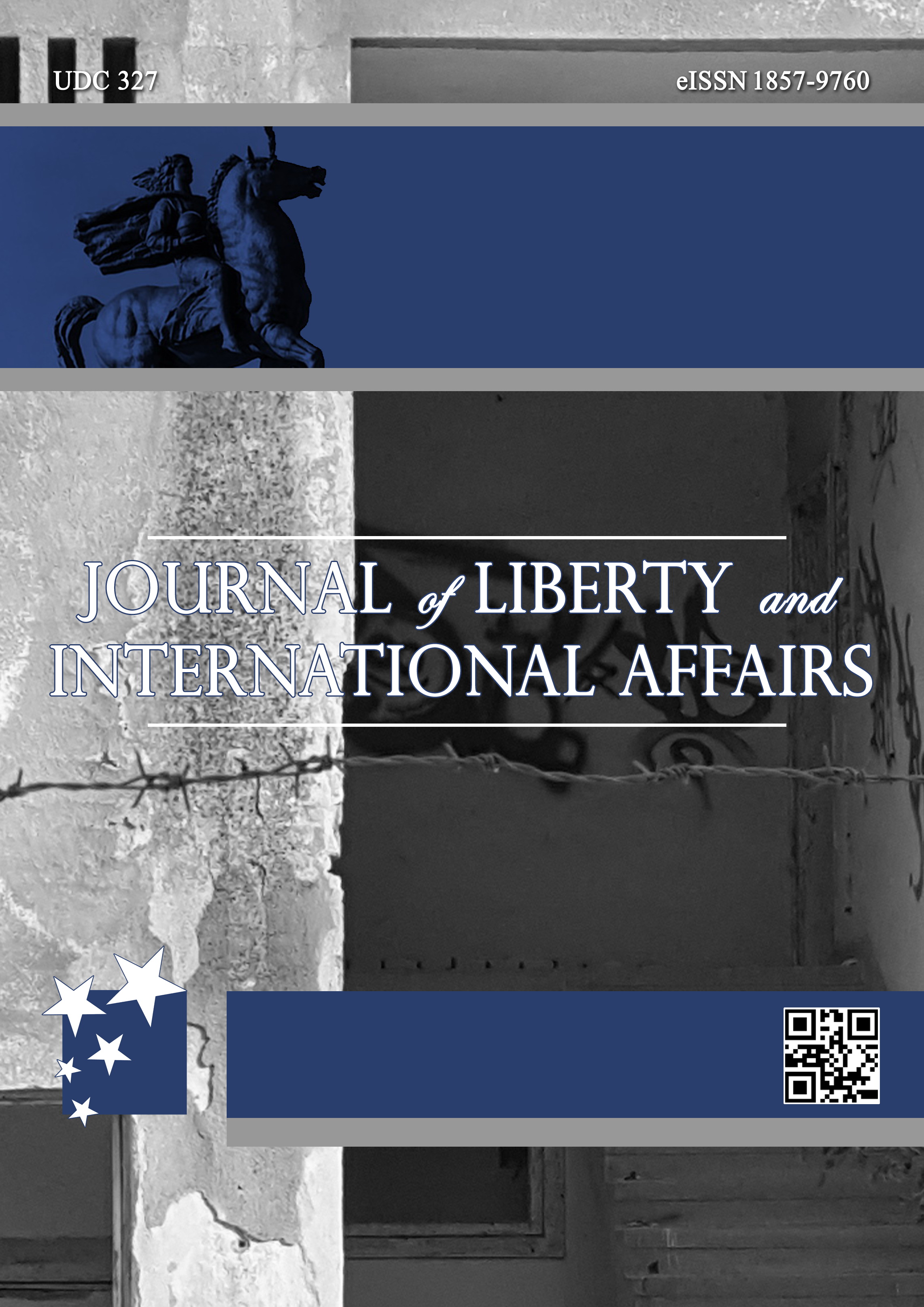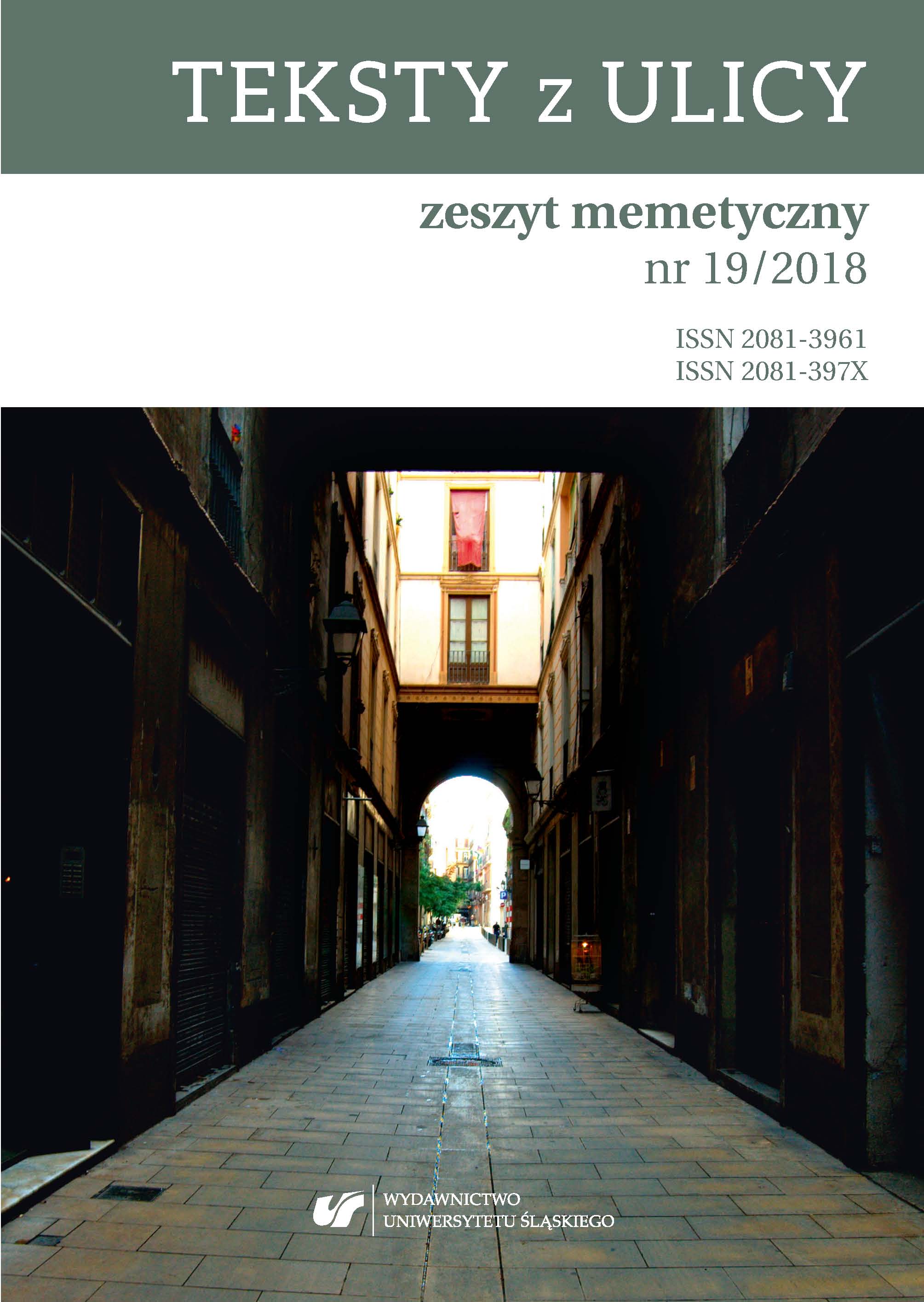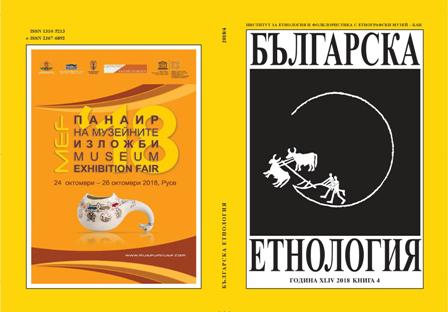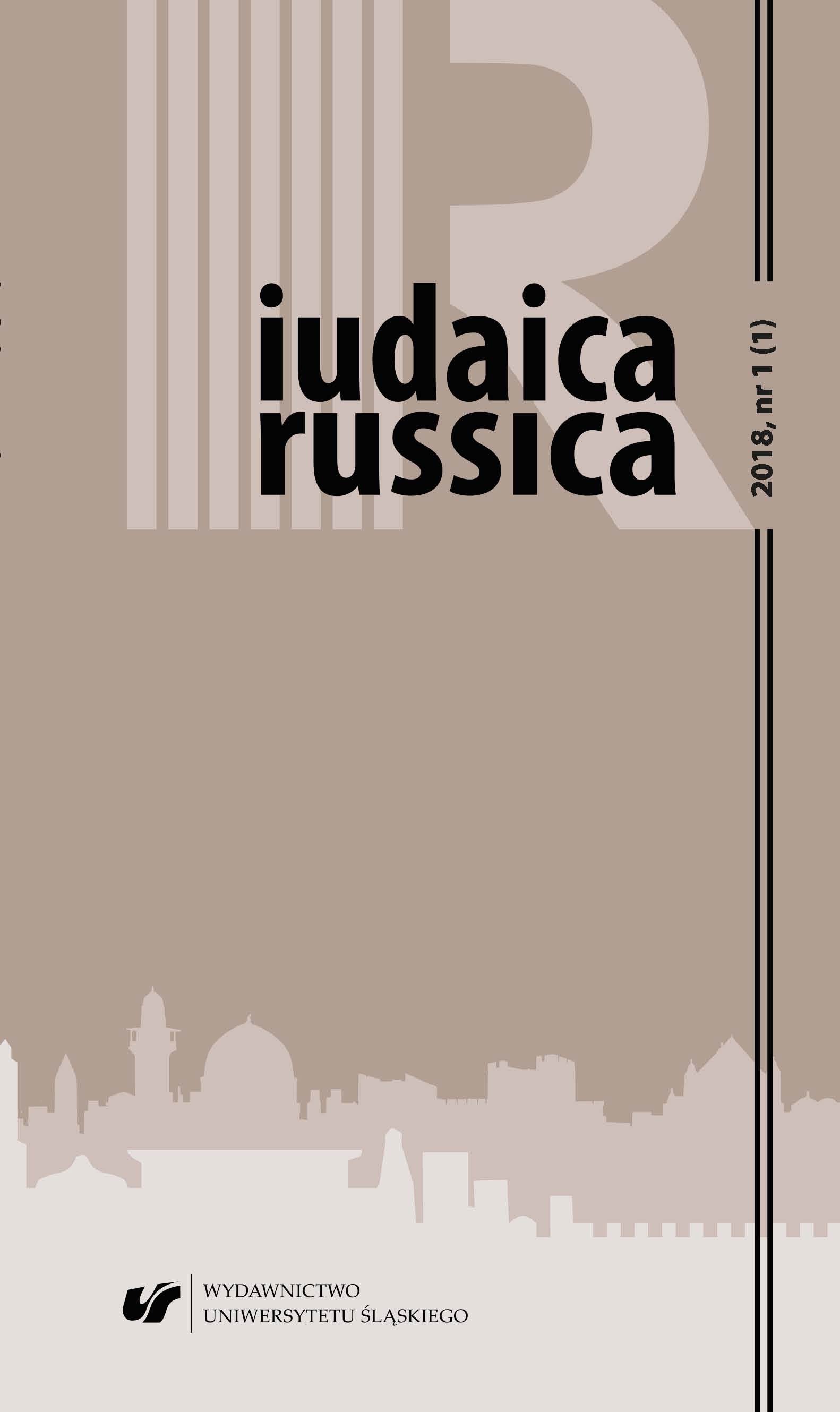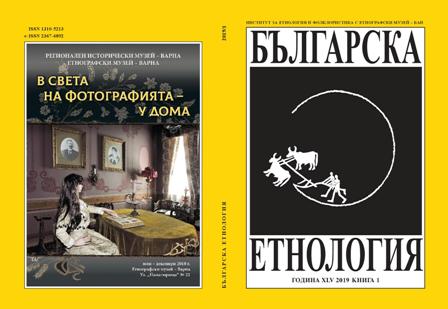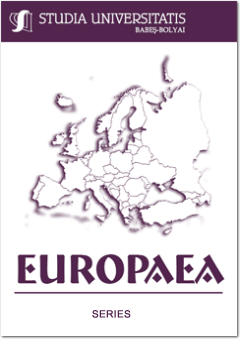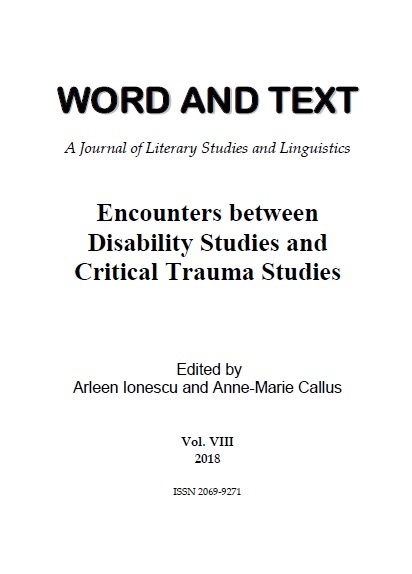
Neurodivergence Enminded/Embodied: Living with Severe Traumatic Brain Injury
This article positions my experiences as a severe traumatic brain injury (TBI) survivor relative to other TBI survivors and in context of persons with disabilities (PWDs) living in the United States and the world. This autoethnographical account (by autoethnography I understand a method or form of social research that serves the purpose of exploring personal experiences of the researcher) examines the life of a neurodivergent individual whose brain functions in ways that deviate significantly from social norms. I explore profound changes to my identity and the resultant social disconnection I encounter since acquiring a severe TBI more than a decade ago. The profound alterations to my identity affect my ability to process, and then adjust, to the demands of my surroundings. As I decode, decipher and process the world, at times my brain damage triggers and/or produces episodes of temporal dissonance. As these shifts in timing occur, they have tremendous impact on my emotional stability. Despite these outward difficulties, I celebrate my altered awareness of time and new identity as a disabled person. Connecting relevant critical trauma studies scholarship to the themes addressed here, the article examines how moving through trauma, coma and amnesia to a new life with cognitive, emotional, psychological, and physical impairments importantly enriches expression of my humanity. I will demonstrate the salient aspects of my new life – emotional sensitivity and volatility – may on the surface seem detrimental and undesirable; however, these qualities greatly enhance my identification with and empathy for others, which in turn drive my artistic, social, cultural and political expression, along with my quest for community.
More...
